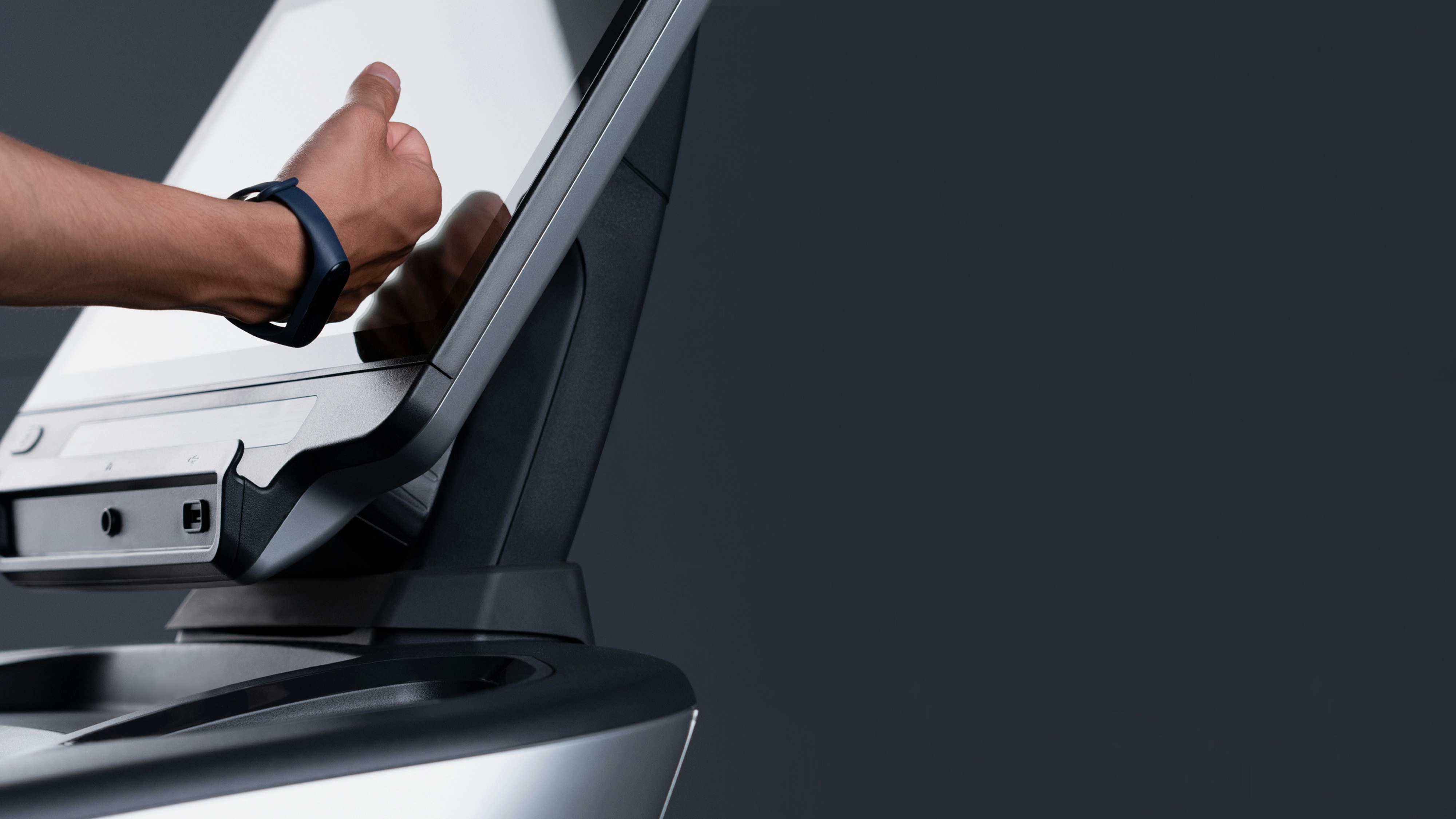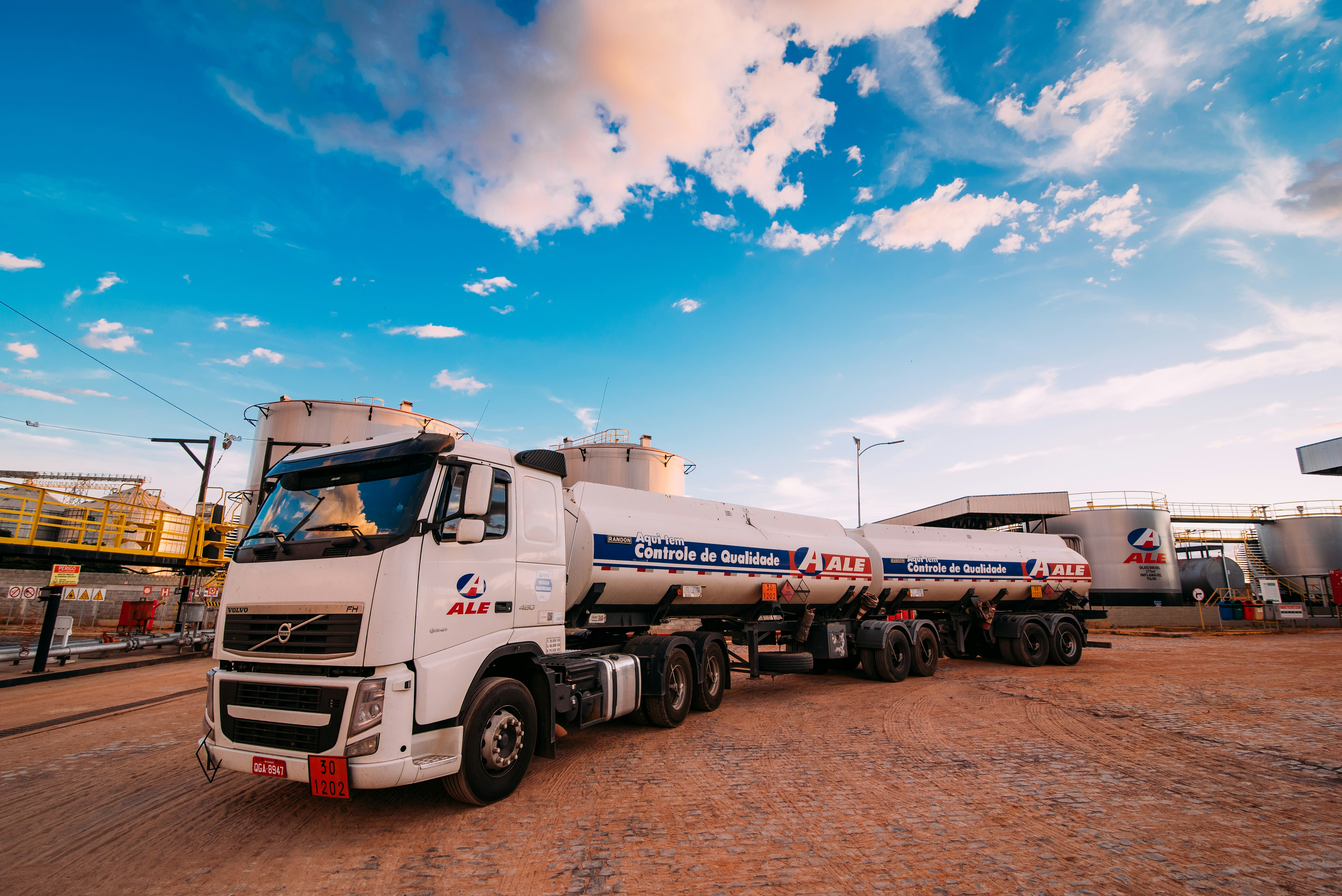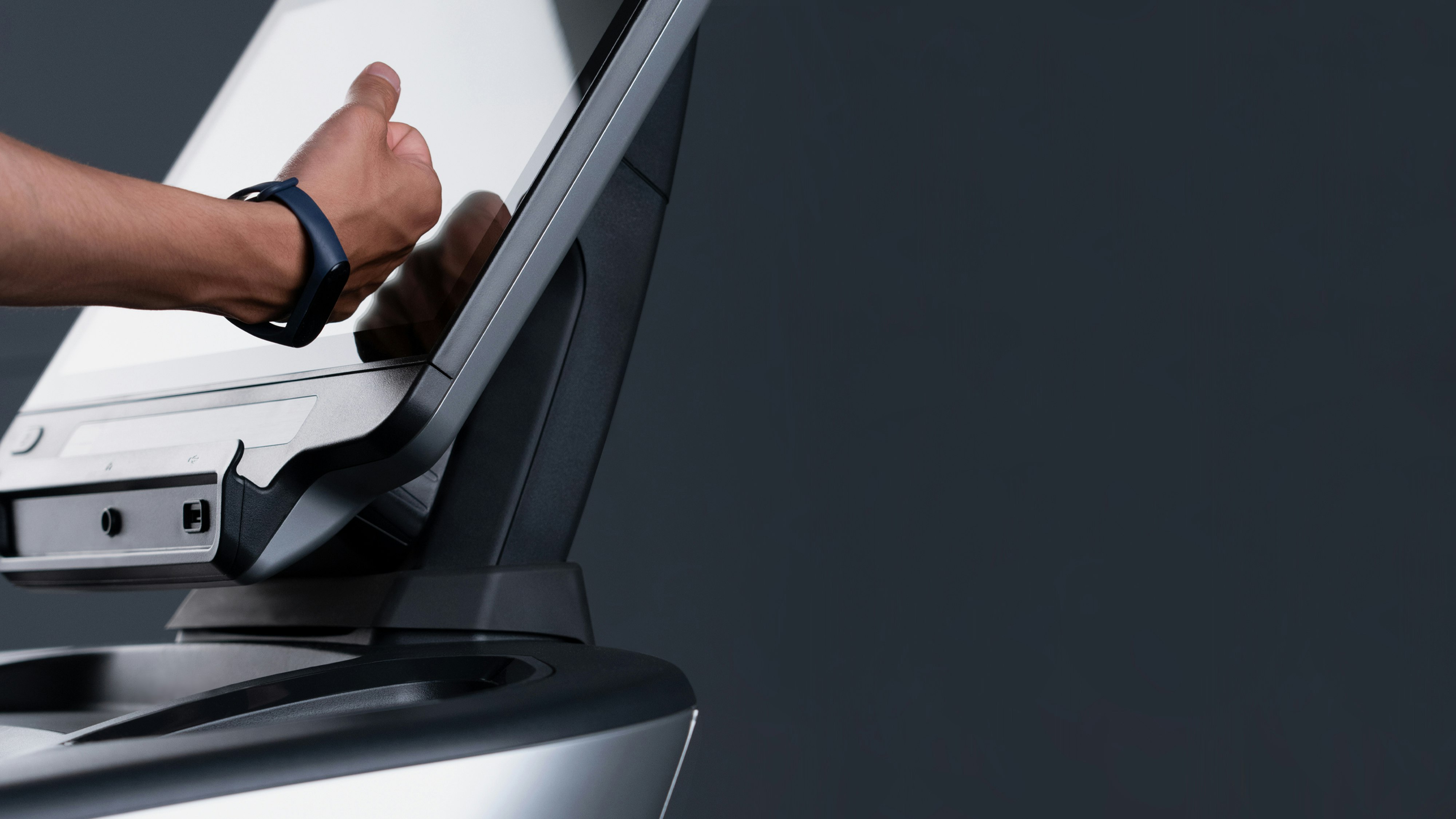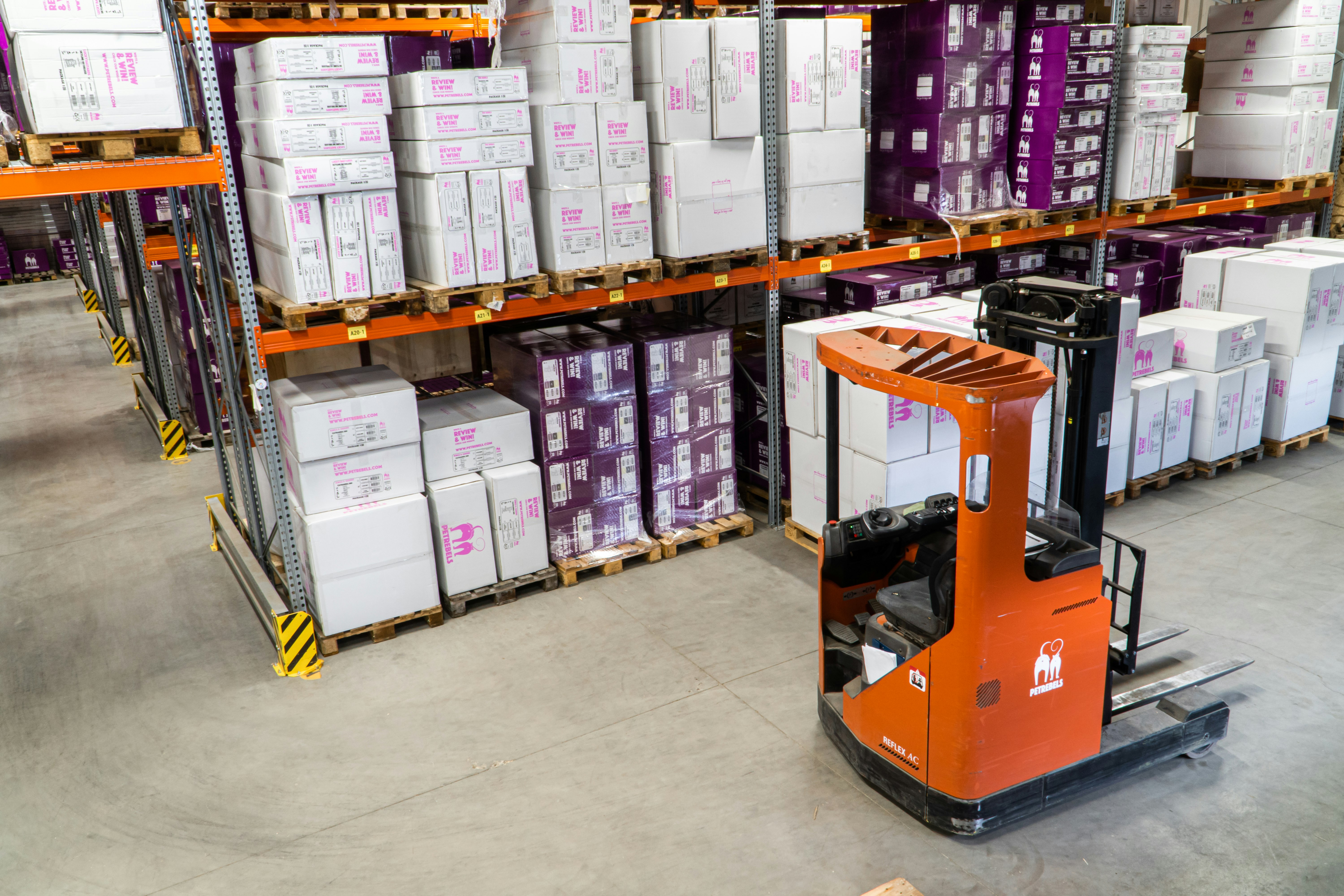HP announced its Multi Jet Fusion printer and it has some interesting capabilities that HP is promoting as the next wave in additive manufacturing. Here’s why this announcement is important to supply chain companies in general and manufacturers in particular.
Low cost - At $50,000 HP’s Multi Jet Fusion is far beyond the price of hobbyist 3D printers but far less expensive than many manufacturing systems. And the fact that the printer can create a nearly unlimited number of desgns without retooling makes it a highly versatile machine on the manufacturing floor.
Versatility - The Multi Jet Fusion uses typical plastic material so it isn’t designed to create metal products. But it has enough versatility to produce engineering grade full color output.
Already proven products - These new lower cost printers build on HP’s larger scale industrial printers but are affordable for smaller businesses. They use the same materials used in the larger scale printers. That may mean economies of scale that could bring down the cost of materials.
Self-replicating - In a page from science fiction, the printer can print half its own parts (though it can’t actually assemble itself… yet).
These feats are indicators that additive printing (3D printing) is making inroads in the production of deliverable goods. It’s entirely possible that some set of products may only exist after they have been ordered, produced in local ‘printhouses’ for last-mile delivery. The impact on inventory control and production planning are obvious, and as product designs change to better accommodate different additive processes and as the variety of additive materials expands to include more metal and more durable substances the range of locally printable products becomes even more diverse.
Here's a video overview from ZDNet about HP's new efforts.




















 The advent of 3D printing for production at scale seems to be getting closer to reality. Sure 3D printers have been used for prototyping and remote delivery of pre-production items. And creating one-off parts and custom designs is becoming increasingly common. But forward thinking companies see a future in which goods are delivered by high volume 3D printers that can match manufacturing quantities and lower costs by using generic production materials that are printed in the shapes and quantities needed. That vision is not yet a reality but at least one company is delivering the first wave of production scale printers.
The advent of 3D printing for production at scale seems to be getting closer to reality. Sure 3D printers have been used for prototyping and remote delivery of pre-production items. And creating one-off parts and custom designs is becoming increasingly common. But forward thinking companies see a future in which goods are delivered by high volume 3D printers that can match manufacturing quantities and lower costs by using generic production materials that are printed in the shapes and quantities needed. That vision is not yet a reality but at least one company is delivering the first wave of production scale printers.